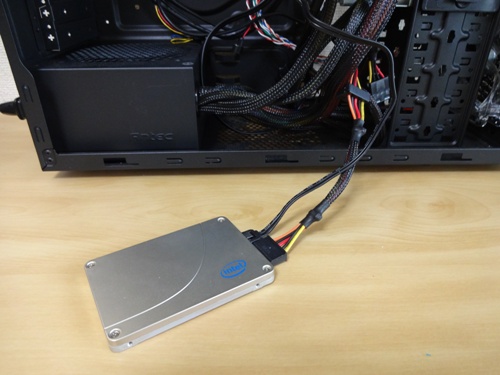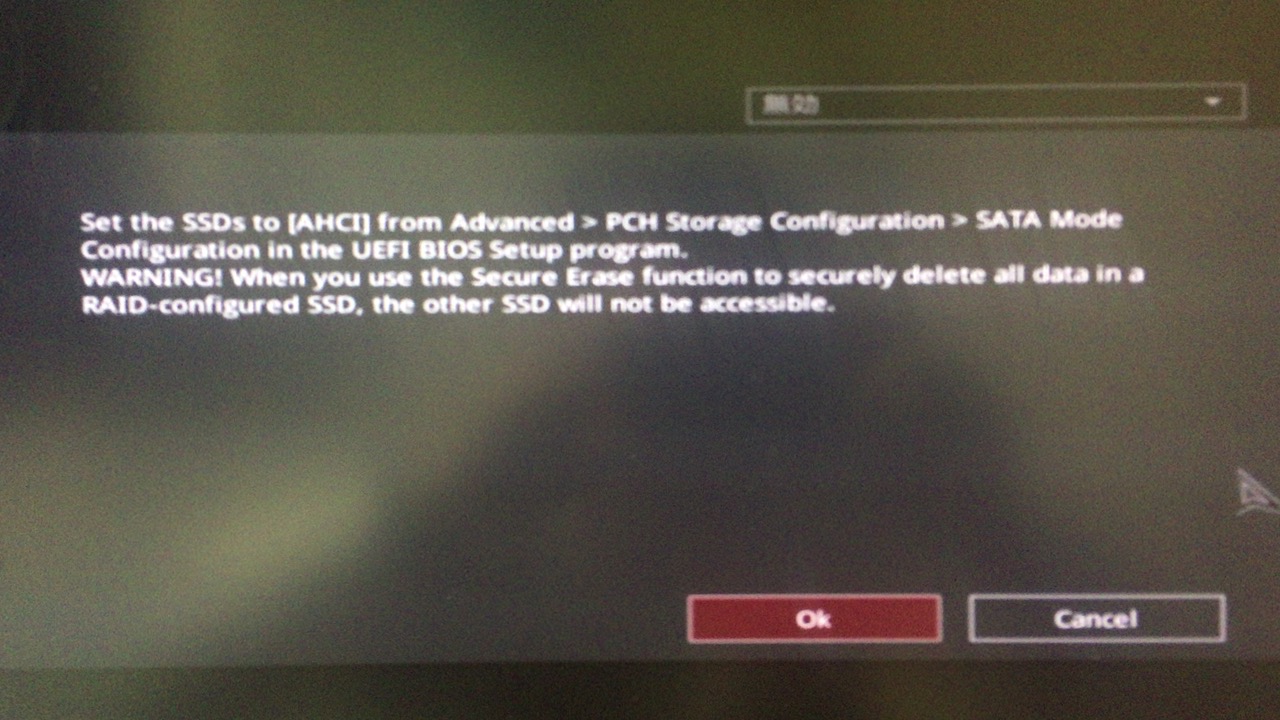
In contrast, a solid-state drive is a type of flash memory similar to a USB thumb drive but with a significantly bigger capacity.Īn SSD writes data to a block rather than a specific location on a physical disc. Also, the operating system indexes the file locations in a file system and uses a mechanical arm to access the data. So basically, wear-leveling is designed to disperse the stored data evenly among SSD blocks to ensure even wear.Ī traditional hard drive saves all files on a magnetic platter in physical locations. One of the main distinctions between a standard magnetic hard drive and a solid-state drive is wear-leveling. SSDs are built with self-sufficiency in mind, with a set of algorithms and fail-safes implemented by the manufacturer to extend drive life and guarantee data is correctly discarded. Generally, you don't need to perform any maintenance on your solid-state drive. Let's dive in!! Does Secure Erase Damage the SSD?

Here we'll show how can you securely delete information from a hard drive or an SSD. Merely hitting the Delete key after selecting files in File Explorer is not good enough: such files can be quickly restored using any software.īut if you are looking for a tool that can help you get rid of all private information, we've got you covered. You don't want anyone getting their hands on your personal information or anything else that could be used against you to cause any trouble. If you're getting rid of old hard drives (HDDs) or solid-state drives (SSDs), ensure all the data on them has been wiped before selling, passing them on, or throwing them away.


PAGE CONTENT: Does Secure Erase Damage the SSD? How Can You Securely Delete Information from an HDD/SSD What Is the Difference between Wiping and Formatting Data?


 0 kommentar(er)
0 kommentar(er)
